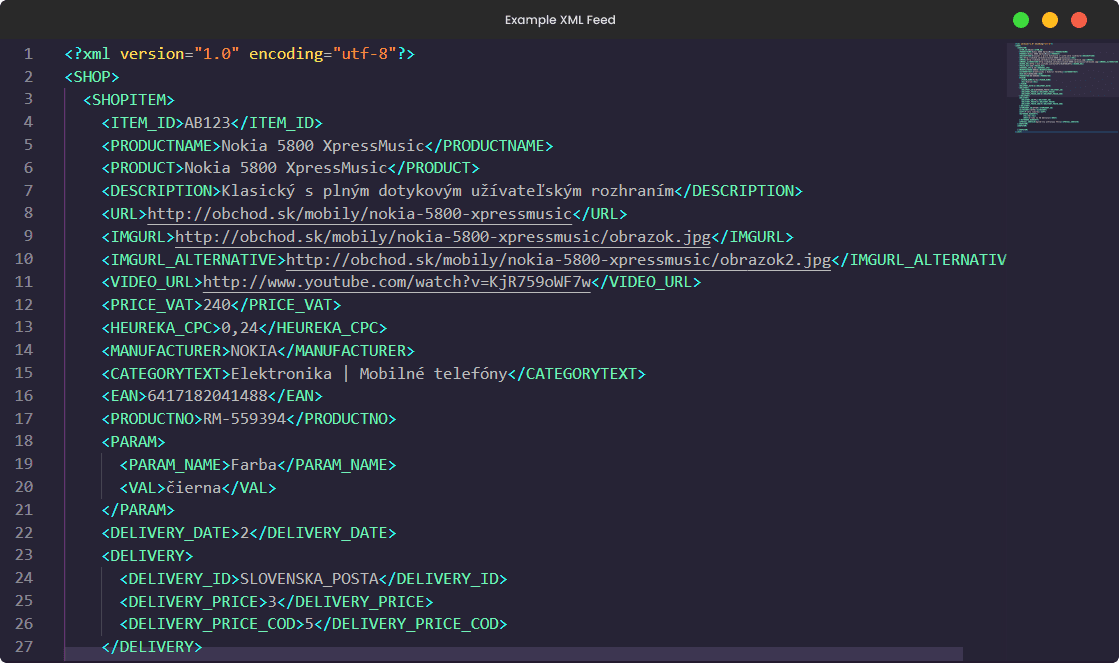Price comparison websites are the fastest and most effective way to get new clients and increase eshop sales with a very good ACoS (Advertising Cost of Spend). Price comparison can help customers in their final purchase decision and eshops in increasing turnover.
Do you know how price comparison sites work?

Table Of Contents
How Do Comparison Websites Work?
Price comparison sites simply compare the price of goods and services from a range of enterprises.
Do you prefer UK versions of price comparison websites like Idealo, PriceSpy, PriceRunner or the international giants such as Amazon or Ebay? They work slightly differently, but with a similar objective.
Simplicity at its best
On sites like Idealo.co.uk and similar ones, their consumers already have pre-selected goods and are looking for the TOP price at retailers. Comparison sites clearly display price comparisons of products from specific suppliers, as well as the price of shipping or reviews.
This significantly simplifies the consumer’s overview of the product, its final price and the supplier.
Price comparisons are becoming increasingly popular
A comparison shopping website is actually a search engine that eshop visitors use to filter and compare products by price, features, ratings and other criteria.
In the UK, comparison sites are mostly specialised in financial products like energy tariffs, loans, credit cards or insurance. Unlike Central and Eastern Europe, where they are used to buy consumers’ products.
E.g., in Slovakia, the largest comparison shopping sites are Heureka.sk, Pricemania.sk and Najnakup.sk. The Czech Republic is dominated by Heureka.cz, Zbozi.cz and Srovname.cz, Hungary by Arukereso.hu, Argep.hu and Olcsobbat.hu. In Romania, Compari.ro, Shopmania.ro and Price.ro are the most popular.

In Austria and Germany, price comparison sites are less dominant. Marketing via Ebay and Amazon pays off more.
What is the target group on price comparison sites?
Price comparison sites are mainly used by customers who know what product or service they want. They have completed the initial research phase and are looking for which eshop to buy it from.
If you sell unique products in your eshop (such as custom t-shirts), the standard price comparison sites will not be your primary form of marketing. You are the only one and the customer has no one to compare you to. But that doesn’t mean you can’t be successful there (e.g., using ProductAds).
Inspirational portals
In recent years, comparison sites have also emerged for areas where customers don’t know exactly what they want. They are looking for inspiration, such as Favi.co.uk for home and garden, or Shopstyle.co.uk for fashion.
A lot of emphasis is put on the design of the pages themselves, especially on nice and high-quality photos of products; less on standardised parameters.
Inspirational portals work only with full-text results and do not pair an eshop’s product with its competitors in one product card. The price of the product therefore does not play the biggest role here, as the customer cannot compare it properly.
The price is not always crucial
The success of comparison shopping, mostly in Central and Eastern Europe, is based on the shopping mentality and the current economic situation, where customers are mainly looking for low prices.
However, it is not entirely true that low prices are essential for selling via comparison sites.
Why your reputation matters
Price comparison sites naturally prefer reputable eshops that will pay them for the service. That’s why these portals are coming up with new advertising formats and promotions to highlight other aspects of products and eshops.
These are mainly ratings and stock availability, which is especially important during the season (like Christmas).

Reputable and trustworthy eshops with well-known brands are the best clients for comparison websites to advertise.
Eshops’ reputation and brand are important advantages
Comparison sites make money in a similar way to PPC advertising. Eshops pay for clicks on links posted on comparison sites. From the eshop’s point of view, it is important to be in an attractive position in the comparison site, so that potential customers click on the link to their eshop.
Attractive positions are usually more expensive, so the situation is similar to other PPC advertising where you are looking for a trade-off between cost and potential profit.
Effective Marketing on Comparison Websites
Here you will learn the basic principles needed to get started. How to create effective marketing through comparison engines? Some of the details are more technical and you will need the help of the programmer who develops your eshop to implement them.
The principles are generally applicable to all comparison sites. You can use the examples from the largest and most successful Slovak and Czech comparison site Heureka.
They are applicable for other comparison sites as well.
XML file / XML feed
The initial registration of an eshop on comparison sites is simple. The key is an XML file with a simple format containing information about your products and their prices.
This XML file (XML feed) is stored in your eshop at a specific URL. When you register your eshop, you need to find out the URL of the XML file and enter it when adding your store.

Product detail on one of the largest comparison sites in the UK.
The XML file is usually an automatically created file, but someone does have to program it. If you don’t already have one created, it will be prepared by the programmer or the ecommerce CMS vendor for your eshop. You can easily find the XML specification for the programmer on the comparison site.
Each comparison engine has its own specification of its XML file. XML files for common comparators are usually included in standard or boxed ecommerce CMS.
Once registered, the comparison shopping engines will automatically upload the product information from the XML file and will regularly update prices, product availability data and other information.
Quality audit of the XML file
A well-crafted XML file is the foundation for success on any comparison site.
The common mistakes when running PPC Ads on comparison sites:
- Product categorisation is different in the eshop and on the comparison site: Product categories of the eshop do not pair with the categories of the comparison site, so the products of your eshop are not in the same category as your competitors, but they are only in full-texted and unpaired, or the system puts them in another irrelevant category.
- Eshop product names do not follow all the rules of the comparison engine (e.g., manufacturer, product code, volume, shade and other mandatory parameters are missing in the names), so the products do not appear in the main comparison, which has the highest traffic.
How to Work with XML Files?
You can check the XML file manually, but there are also tools for automatic auditing. A popular tool for auditing and other work with XML files is Mergado, which can handle feeds for almost all countries.
Mergado supports a variety of XML file formats, and for free you get a comprehensive overview of the most critical errors in your XML file. For individual comparators, some parameters may be critical and changing them will not be automatic after editing the XML file but must be checked by the comparator’s staff.
Watch out
Problems can arise especially in the high season, when even for a few weeks a product may be in a pending state, while the eshop loses sales in the high season.
Real-life scenario: The standard matching time for the clothing and footwear categories is 2 to 6 months. You will have a different processing time for the same products in the Czech and Slovak Heureka, because there are different amounts of eshops registered, and thus the waiting time in the category differs.
When using a comparison site advertising, make sure that the URL, name, category and product ID are correct. Do not change these parameters during the season. The XML file should also contain all the products of the eshop you plan to advertise.

Example of XML file – feed with mobile phones for comparison.
Set up regular updates
If you always want to have up-to-date information on the comparison site, the XML file should be generated at least 4 to 5 times a day. Heureka downloads XML files roughly every 2 hours.
If the comparison engine allows it, supplement the XML file with an Availability XML file that contains information about the availability of products. Heureka downloads it every 1 to 2 hours. When you ace your eshop XML file, you are ready to further improve the visibility of your products and eshop on the comparison sites.
Go Beyond with Us
Would you like to take advantage of the effectiveness of price comparison sites? Are you looking for a professional approach or a team that will do its best for your success?
Put your price comparisons in our hands. We are not only specialists in the local market, but we will also get you abroad.
Thanks to the Dexfinity Editorial Staff for Creating This Article
Writer: Martin Krupa
Feedback: Evelin Kissová
Translator: Mária Streďanská
Publisher: Petra Dudášová
DIRECT CONTACTS
Let's Join Forces!
Show us your project and we will talk about its growth potential.

Pavol Adamčák
Executive Director
+421 918 435 105
pavol.adamcak@dexfinity.com

Vladimír Nociar
Head of Business Development team
+421 903 568 464
vladimir.nociar@dexfinity.com
Choose what you are interested in and feel free to mark multiple choices.

